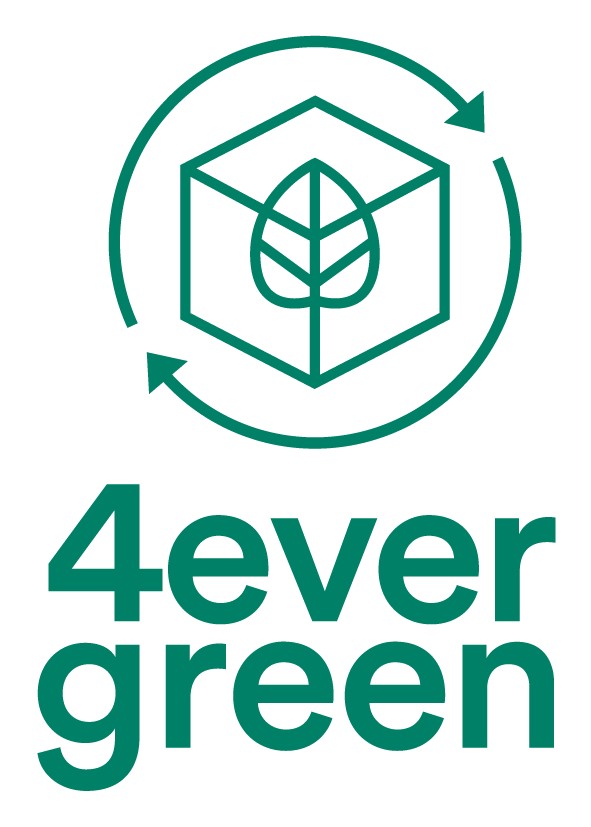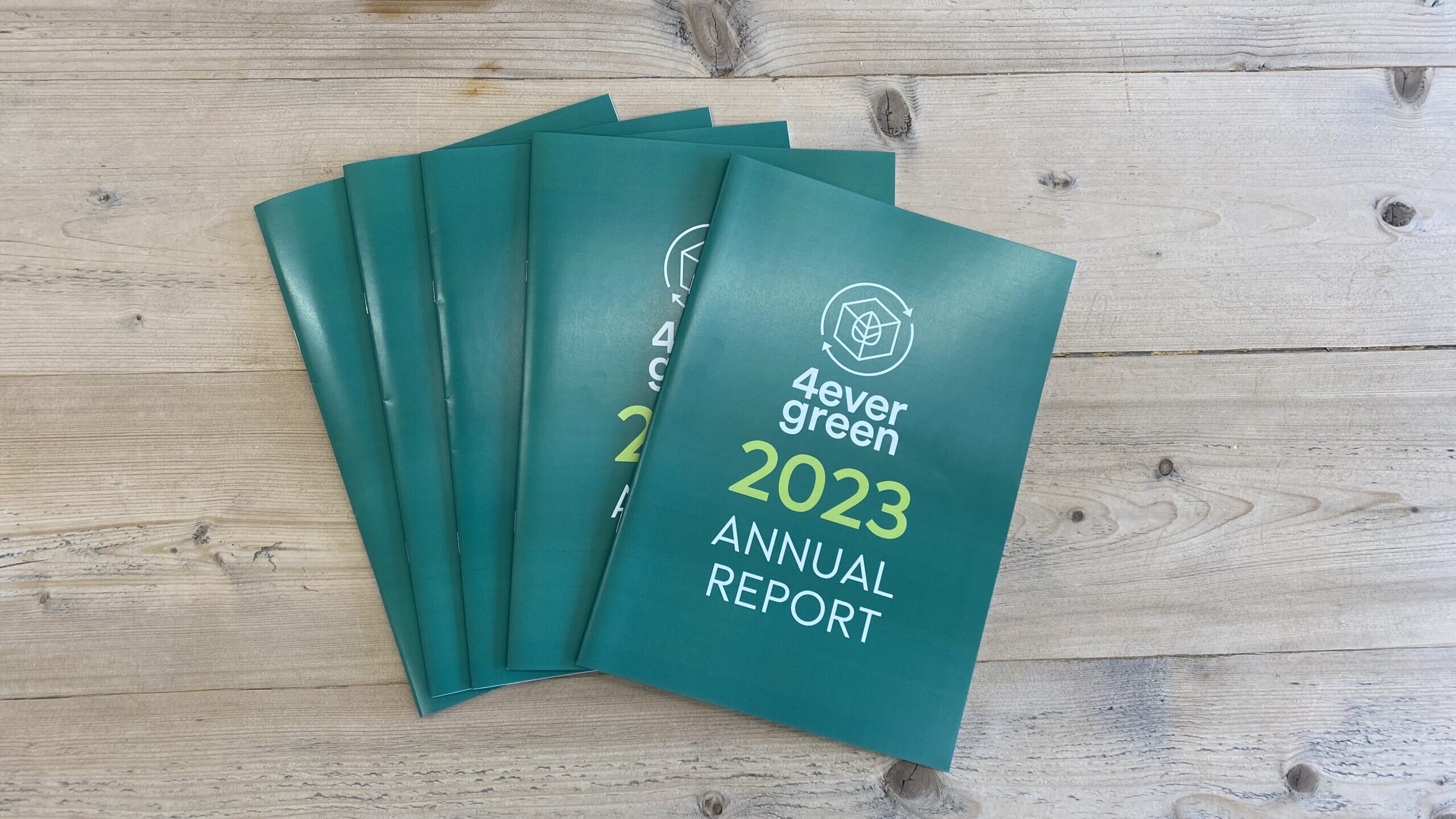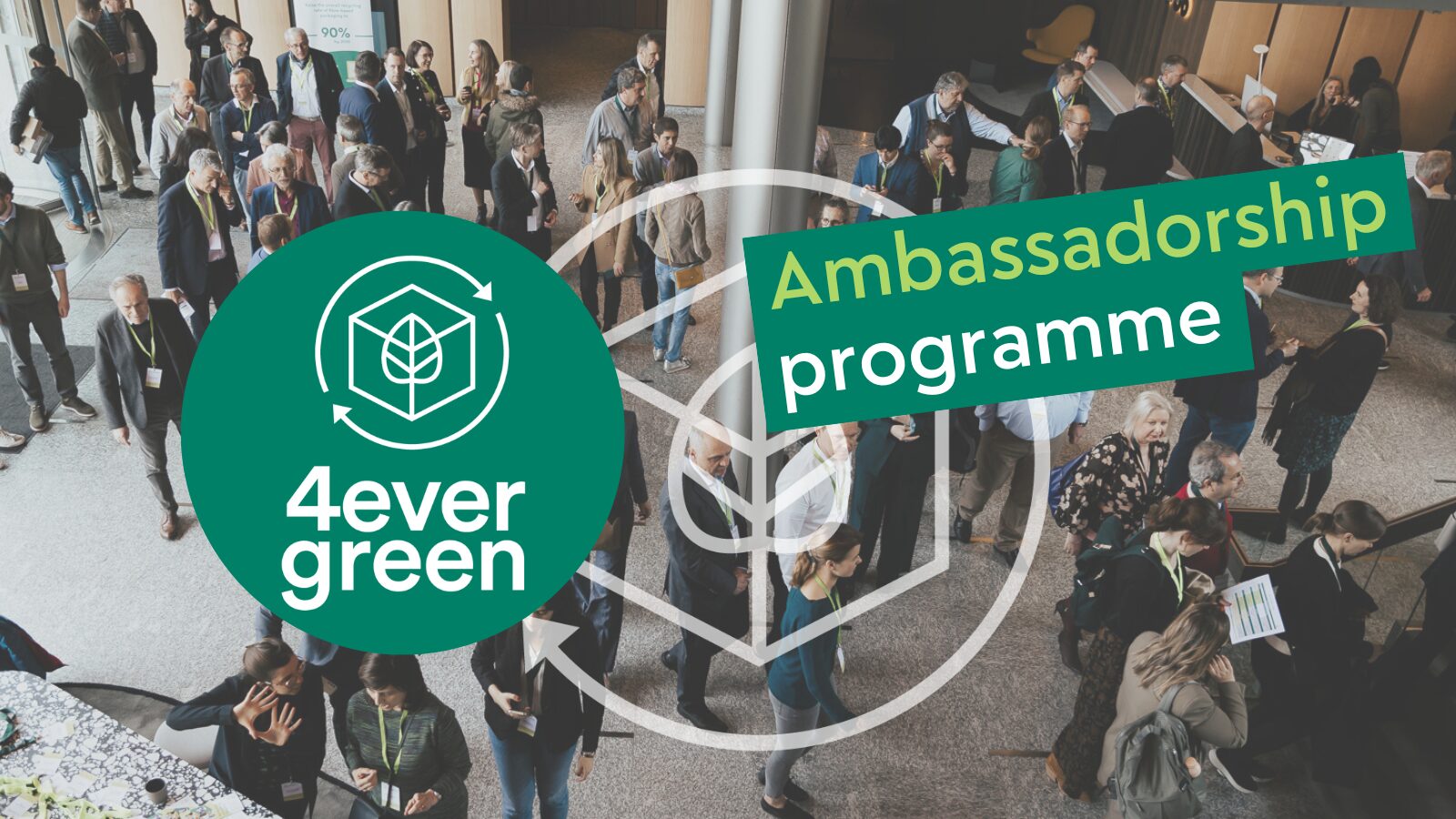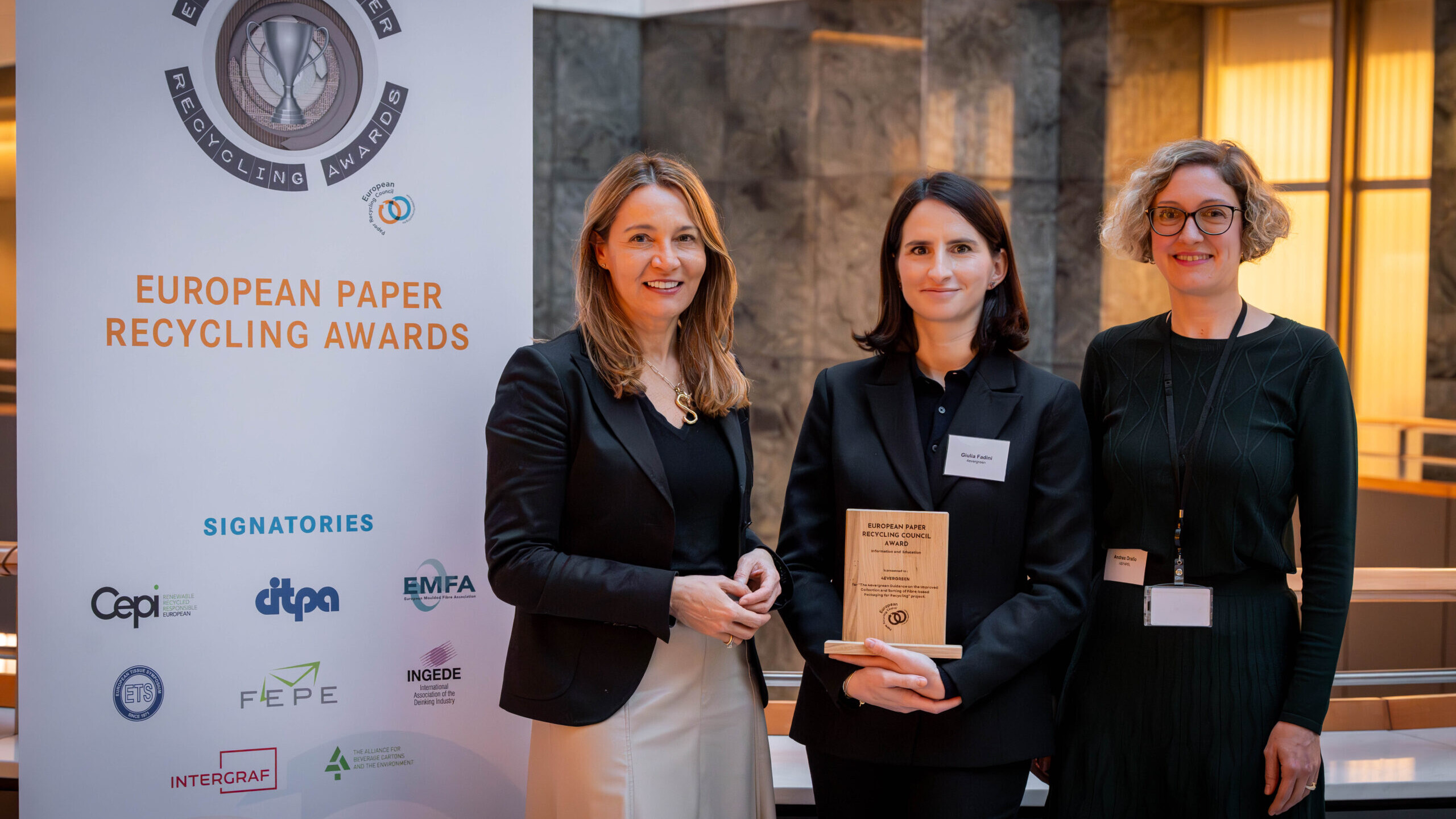Packaging in all its forms and multiple functions is an essential component of our daily lives and has become increasingly central in the drive for a more circular and sustainable economy. We have already explored the extensive potential for recycling fibre-based packaging, but what about the potential uses?
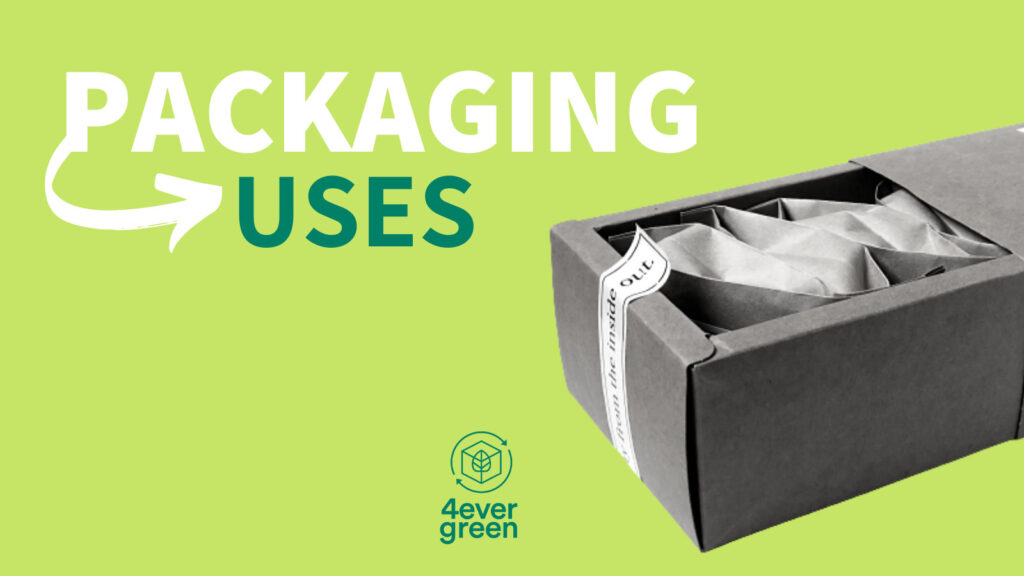
Packaging serves to protect our goods during transit, storage, and distribution. It also ensures food safety, provides tamper evidence and prevents waste through breakage, spoilage, contamination, all whilst extending the products’ shelf life. It also gives us vital information about the product and builds brand identity and differentiation. To a large extent, the type of packaging is defined according to the practical needs, functionalities, and uses of the product that protects, transports, or distributes.
Varieties of Packaging
Packaging types will differ drastically based on what we want it to protect and store. Packaging for liquid products, for example, requires different properties to dry goods. At 4evergreen we focus on consumer packaging which has the greatest room for recycling improvement: out-of-home, and on-the-go. Consumers are always on the move today, they pick up goods to consume whilst travelling, storing them in handbags or backpacks and disposing of packaging in public bins. Here is a quick explanation of the different types of consumer packaging:
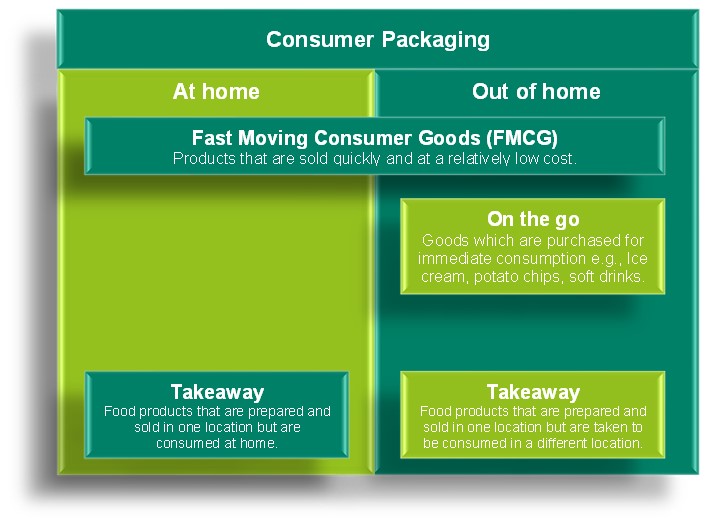 Out-ofhome packaging provides a large opportunity for improving the recycling rate. Goods being consumed out-of-home often require more complex structures and have distributed disposal pathways which raise complications for the collection and recycling of packaging. Efforts have been made to improve the sorting of on-the-go waste; however, it is often the case that this packaging ends up being mixed.
Out-ofhome packaging provides a large opportunity for improving the recycling rate. Goods being consumed out-of-home often require more complex structures and have distributed disposal pathways which raise complications for the collection and recycling of packaging. Efforts have been made to improve the sorting of on-the-go waste; however, it is often the case that this packaging ends up being mixed.
On-the-go packaging is used in daily life because it offers convenient features such as accessibility, easy opening, portability, reclosability, and one-handed use. In this regard, one-handed use packaging is more hygienic than multi-use packaging. Plastic packaging and carton packaging are currently preferred for flexible and on-the-go packaging; however, in line with their desire to reduce single-use plastics, the packaging industry has been developing new solutions to meet demands. Replacing plastic on-the-go packaging would generate a significant increase in the volume of fibre-based packaging available for recycling.
Consumers increasingly use on-the-go packaging since it offers them several benefits: accessibility, easy opening, portability, reclosability, and one-handed use. The relevant problem is that this kind of packaging is often not disposed of correctly, and the waste usually ends up being mixed. However, it is worth noting that in some cities and regions, collection and recycling schemes have already been successfully tested and implemented. Currently, plastic, and carton are the preferred materials for this kind of packaging, but designers are increasingly looking for new materials and techniques that make composite materials easier to recycle. A recent study [1] on the full life cycle assessment (LCA) commissioned by the European Paper Packaging Alliance (EPPA) proves the advantages of fibre-based packaging vs. multi-use made from plastic, metal, or chinaware. Fibre-based packaging is an effective option and solution, and can easily replace up to 25% of plastic[2] used in packaging to reduce the environmental impact of fibre-based packaging.
Fibre-based packaging: the answer for more sustainable packaging
Recent technological advances make it possible to use virgin and recycled fibres with a thin layer of barrier coating for an increasing number of applications for consumer goods, making packaging easier to recycle. With an increased focus on Circularity by Design, and improved collection infrastructure and sorting technologies – the recyclability of fibre-based packaging will only increase.
[1] LCA One-Pager FINAL 011021.pdf (eppa-eu.org)
[2] https://materialeconomics.com/publications/sustainable-packaging
Table notes:
[1] https://ec.europa.eu/eurostat/databrowser/view/cei_wm020/default/table?lang=en
[2] https://www.fefco.org/circular-by-nature
[3] McKinsey Report
[4]FOREST EUROPE, 2020: State of Europe’s Forests 2020 Available at: https://foresteurope.org/wp-content/uploads/2016/08/SoEF_2020.pdf
[5] The industry has also invested in the use of forest certification schemes such as the Forest Stewardship Council (FSC) and the Programme for the Endorsement of Forest Certification (PEFC)
A year of collaboration and growth: discover 4evergreen’s 2023 Annual Report!
We are excited to launch 4evergreen’s 2023 Annual Report, looking back at our growth and achievements from the past year and recognising…
4evergreen launches new Ambassadorship programme
4evergreen is hitting the conference floors! This year, the alliance has launched a new Ambassadorship programme that will take us to major…
4evergreen wins European Paper Recycling Award
Brussels, 20 February 2024: The 4evergreen alliance has won a prestigious award from the European Paper Recycling Council (EPRC) in the…
